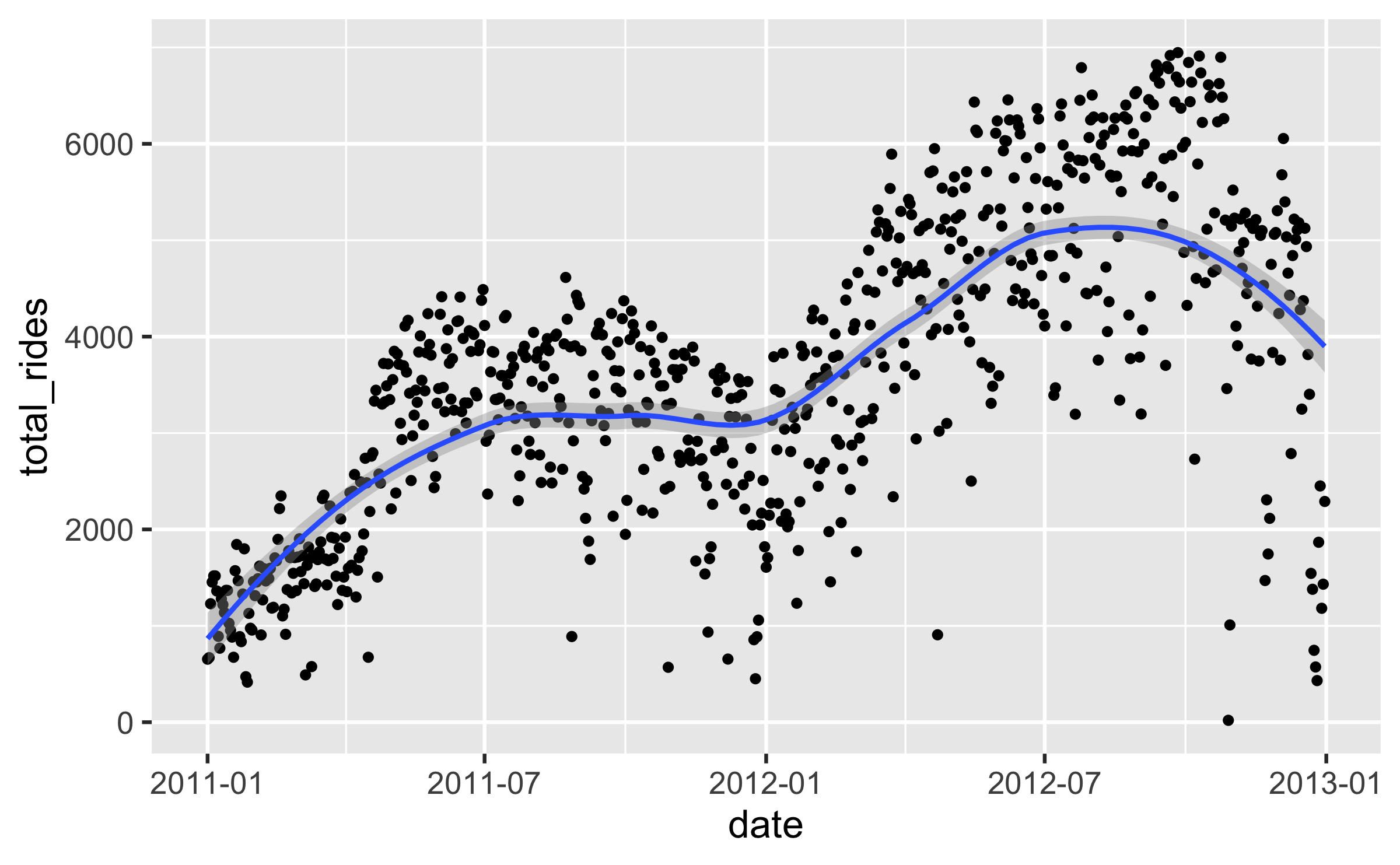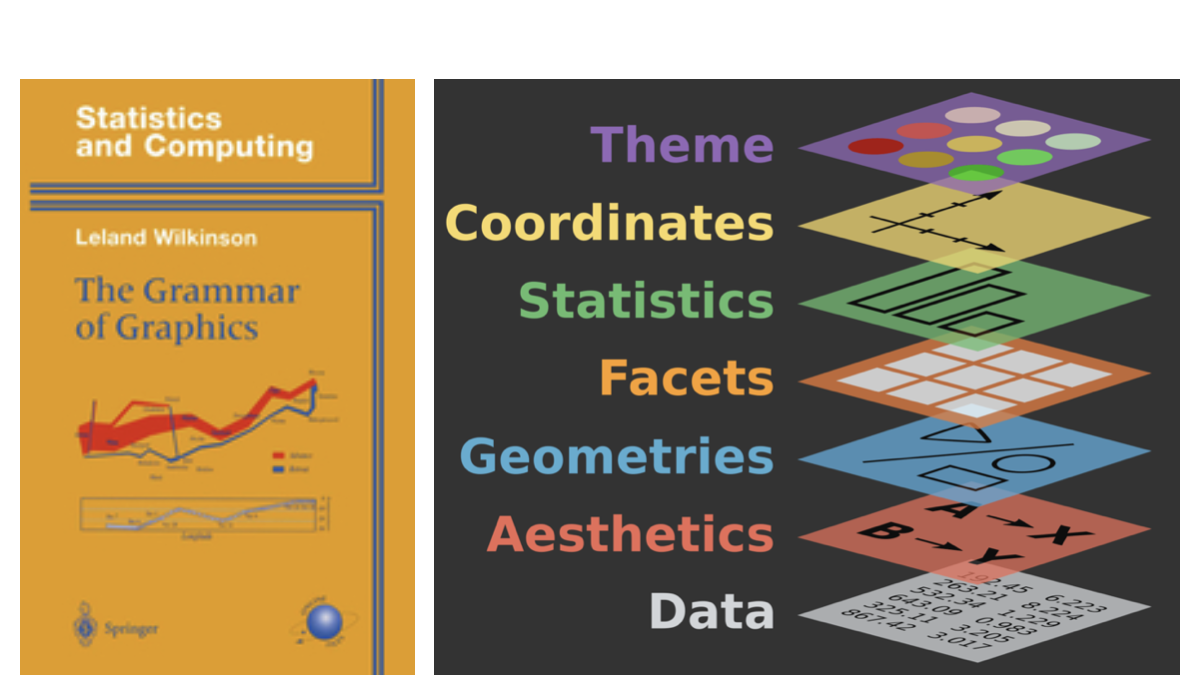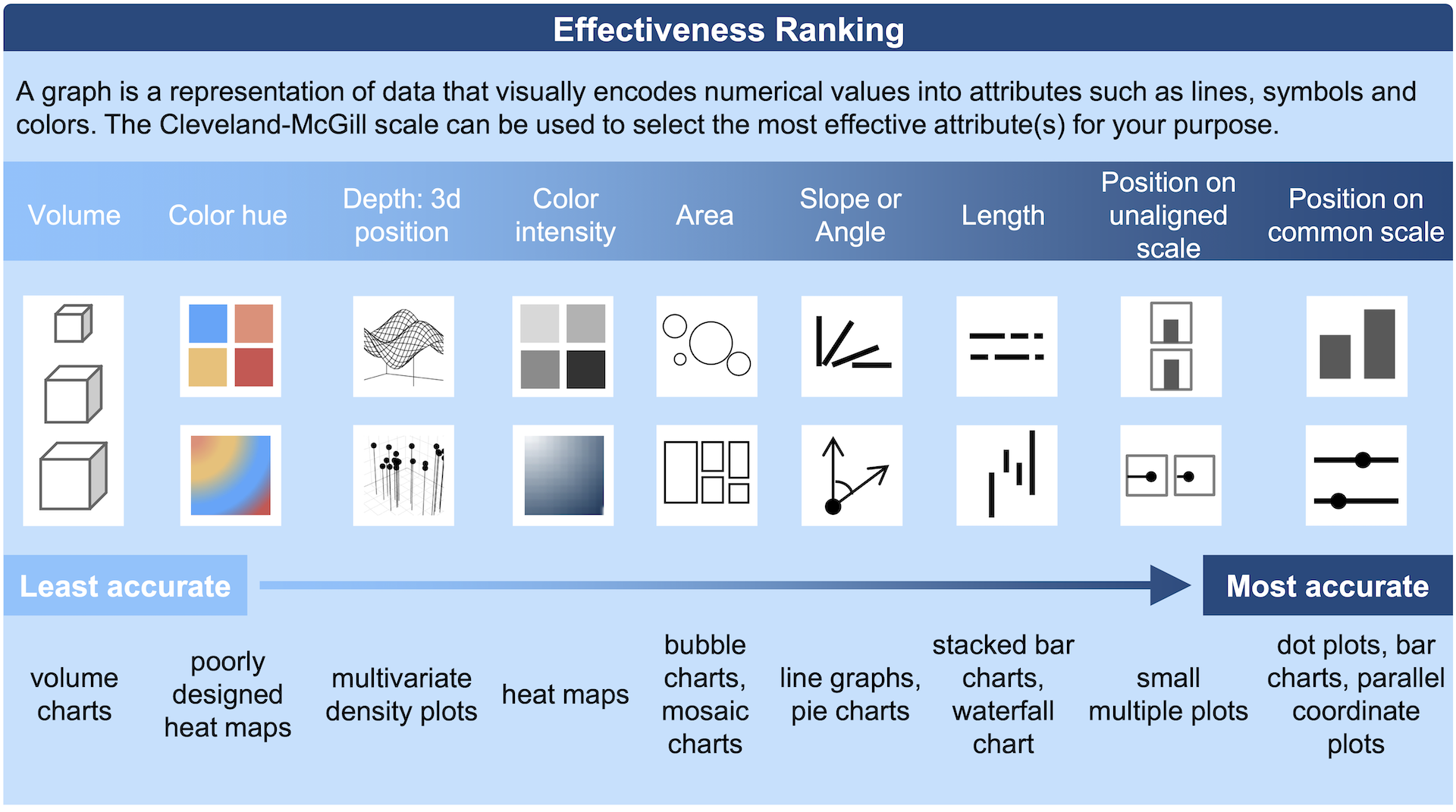(
px.scatter(votes, x='year', y='percent_yes', color='country',
1 facet_col='issue', facet_col_wrap=3, facet_col_spacing=.1,
2 trendline='lowess',
3 labels={"percent_yes": "% Yes Votes", "year": "Year", "country": "Country"},
4 title="Percentage of 'Yes' votes in the UN General Assembly",
5 ).update_traces(marker_size=2)
)- 1
- Faceting
- 2
- Trendline
- 3
- Labels
- 4
- Plot title.
- 5
- Sets size directly (not based on data).




